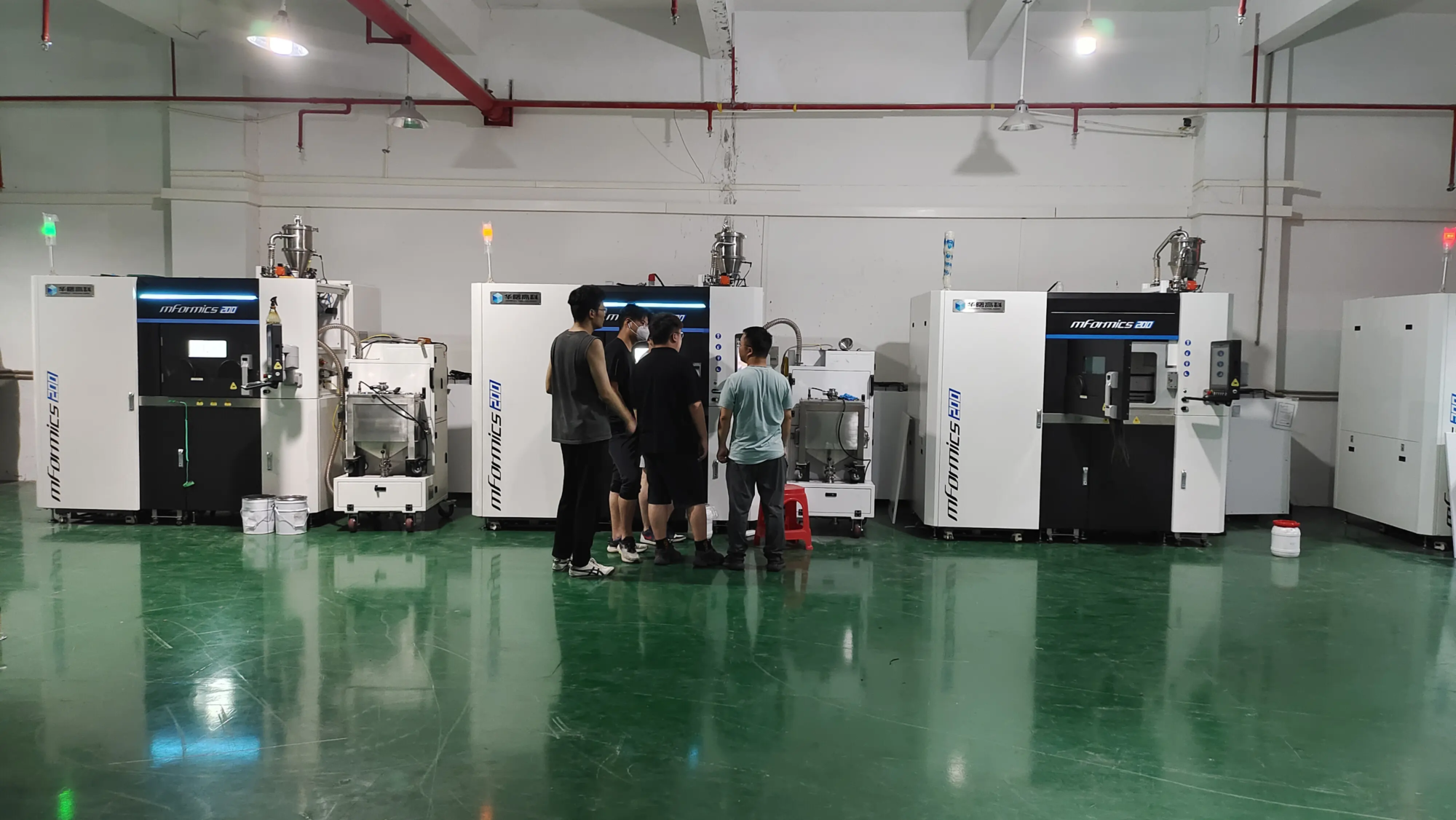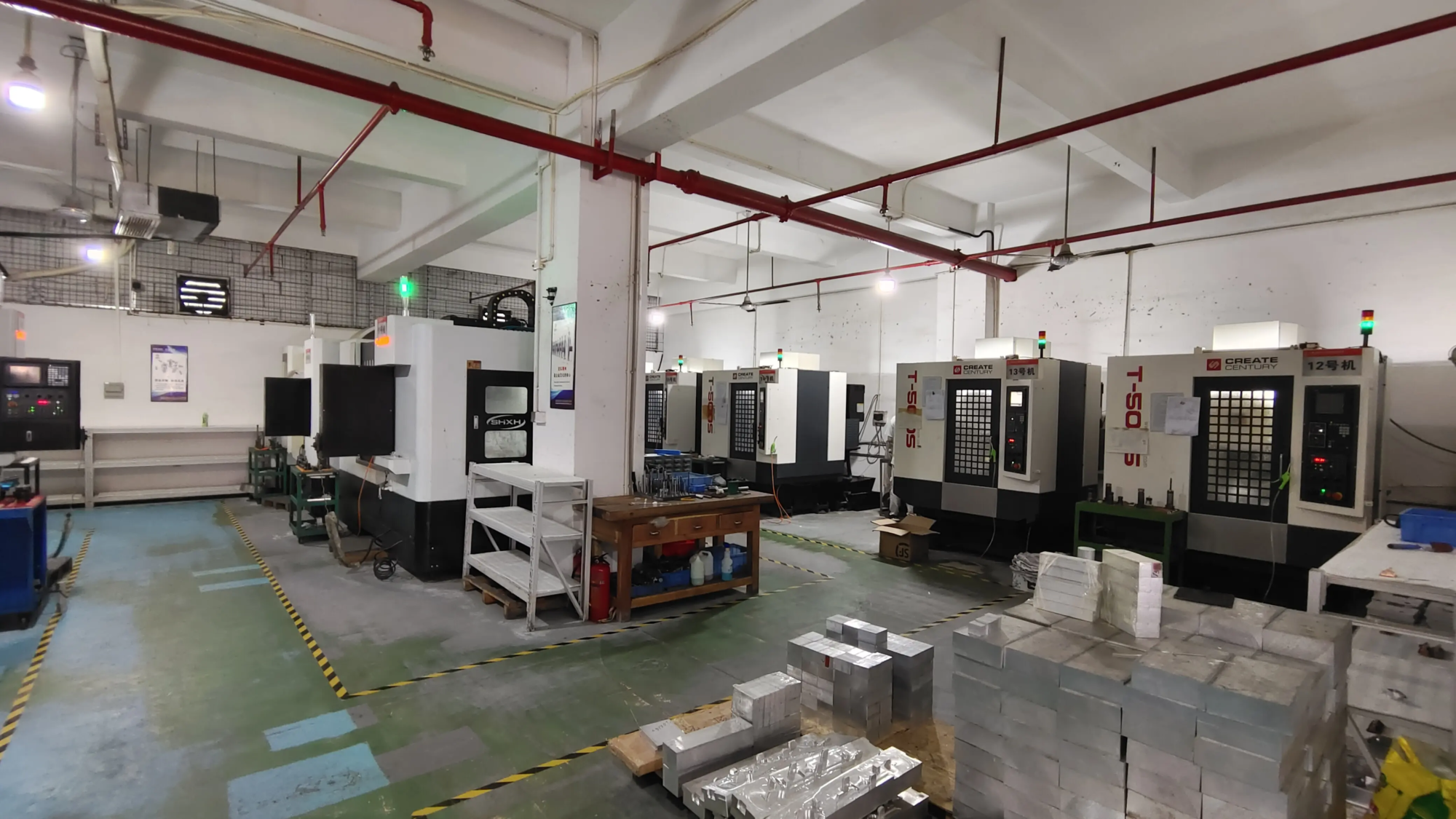introduce
In the field of 3D printing, size limitations often challenge even the most ambitious projects. When the model exceeds the build volume of the printer, it becomes essential to split it into manageable segments. Reassembly through clamping and bonding provides a practical solution, but its success depends on meticulous execution. At Greatlight, we specialize in using industrial-grade metal and polymer printing to overcome such obstacles. This guide delves into expertise to split, complete and reassemble large 3D models, ensuring structural integrity and aesthetic coherence.
Why split and recombine 3D models?
1. Printer constraints: Most desktop printers are manufactured at less than 300mm³, limiting the production of the entire parts.
2. Cost and material flexibility: Smaller parts allow multi-material or multi-color printing, reduce waste and utilize smaller, cost-effective machines.
3. Save details: Split large models can promote better resolution and easier post-processing of complex surfaces.
4. Application-specific advantages: Aerospace or automotive prototypes usually require lightweight segmented components for functional testing.
Step-by-step guide to fixtures and glue assembly
1. Strategic Model Split
tool: CAD software (SolidWorks, Fusion 360) or grid editor (mesh mixer, mixer).
Best Practices:
- Joint design: Use puzzle-like interlocking joints, dovetail trailing or comparison pins to simplify reassembly and enhance key strength.
- Avoid stress: Perpendicular to the high pressure point to prevent joint failure. Avoid cutting key features (e.g., threading, optical surfaces).
- tolerance: The designed gap is 0.2-0.5mm between the sections of bonding flow and clamping pressure.
2. Best printing and completion
- Material consistency: Print all parts simultaneously to minimize environmental variables (humidity/temperature) that affect material behavior.
- Surface preparation: The sand faces 60-120 grit roughness; clean with isopropanol to remove oil. For metals (SLM/SLS), vapor smoothing or bead blasting ensures adhesion.
For prompts: Greatlight’s internal post-processing – including CNC machining of mating planes – guarantees perfect flatness of seamless bonds.
3. Adhesion and clamping technology
- Adhesive selection:
- polymer: Epoxy (high strength), Ca glue (fast bonding) or Scotch-Weld™ (such as Scotch-Weld™).
- Metal: Structural epoxy resin or anaerobic adhesive for voids. For temperature-resistant alloys, Greatlight recommends bisphenol-based epoxy oxides.
- Clamping strategy:
- Use parallel jaw clips or vacuum fixtures to distribute the pressure evenly.
- Apply adhesive carefully to prevent squeezing – cover the adjacent area with painter’s tape.
- Treatment duration: 24–72 hours under consistent pressure; accelerate industrial projects with heat-curing ovens.
4. Post decoration
- Fill the seams with epoxy putty, sand (220→1000 grain size) and mass before painting. For seamless metal components, Greatlight’s electrochemical polishing enables optical clarity.
in conclusion
Master the reassembly of fixtures and glues to convert 3D printing from prototyping tools to solutions for large-scale functional parts. However, complex geometry or mission-critical components require industrial-grade execution. Companies like Greatlight eliminate these complexities with large industrial printers (up to 800mm³), SLM/SLA technology and end-to-end finishing, turning bit-and-fragment designs into unified, durable prototypes. By integrating design-assembly principles with professional manufacturing, projects can be stretchable without compromising accuracy.
Ready to bypass the DIY challenge? Greatlight offers certified metal and polymer prototypes with strict quality quality playback – suitable for aerospace, automotive and medical applications. Request a quote today.
FAQ
Q1: Can any plastic be bonded?
Most thermoplastics (ABS, PLA, PETG) are fully bonded to epoxy resin or CA glue, but avoid PP/PE without plasma pretreatment. Customer Service Hotline: [email/phone] Provide free material advice.
Q2: What is the strength of adhesive joints and single printing?
Proper bonding joints achieve 60-90% of the overall element strength. For load-bearing components, Greatlight’s metal print with vacuum seal bonding can outweigh the durability of extruded printed parts.
Q3: Can the maximum part size be achieved?
The segmentation is actually infinite. Greatlight’s machinery can produce parts up to 1 meter through SLM, but modular reassembly allows components to be like full-scale architectural models.
Q4: How to prevent misalignment during clamping?
3D printed fixtures/fixes ensure accuracy. For SLA or SLS parts, Greatlight provides metrological alignment guides as part of the completion service.
Question 5: When should I consider professional services?
If your project involves functional metal parts, tolerance (±0.05mm), or regulatory compliance (ISO 13485 for medical care), outsourcing to certified manufacturers (such as Greatlight) reduces risk and speeds up the timeline.
Leverage Greatlight’s expertise: From fast prototypes with 48-hour global shipping to certified NDT certified components, convert them into opportunities. Explore industrial solutions.





